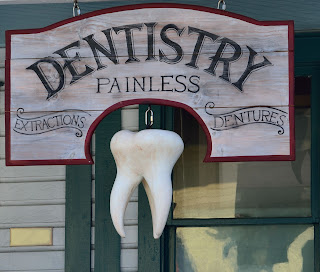Teeth Whitening
Teeth Whitening
Utilizing one of the professional whitening systems may help lower the risks of gum irritation. There are generally two options when it comes to professional whitening. One is to have a custom whitening tray fabricated. The dentist will take an impression of your teeth to make a mold. This mold is used to make a set of trays that are custom fit for your teeth. By applying a small amount of whitening product into the trays for each tooth, you can control the gel and diminish the risk of gum irritation. The second option is a in office application. This usually involves the highest concentration of the active ingredient. The dentist will have to to carefully isolate your gums to keep the whitening gel from coming into contact with the tissues. Even the smallest amount of the high percentage peroxide can lead to a week or two of pain as the gum heals. Also, in office whitening will typically lead the the most sensitivity. The greater concentration of the ingredient may lead to a whiter initial result but the risks of pain and sensitivity cannot be overlooked.
With all of these options the last questions I always get after going over all of this information is “what do you recommend?”. My recommendation comes from my personal experiences with these products. I have done all three methods. What I have found is the in-office whitening delivers a nice immediate result that will fade as the days go by and be similar to using a custom tray at home gel system. The in-office caused my teeth to be significantly more painful. Therefore, I would personally opt to use custom trays with professional strength whitening gel over 10 days than a one time in-office treatment. As far as the over the counter products go, they are fine and affordable. I prefer the custom trays due to a more comfortable delivery and faster results with a higher concentration of the ingredients. I hope this gives you some information to help you if you are interested in whitening your teeth.





Comments
Post a Comment